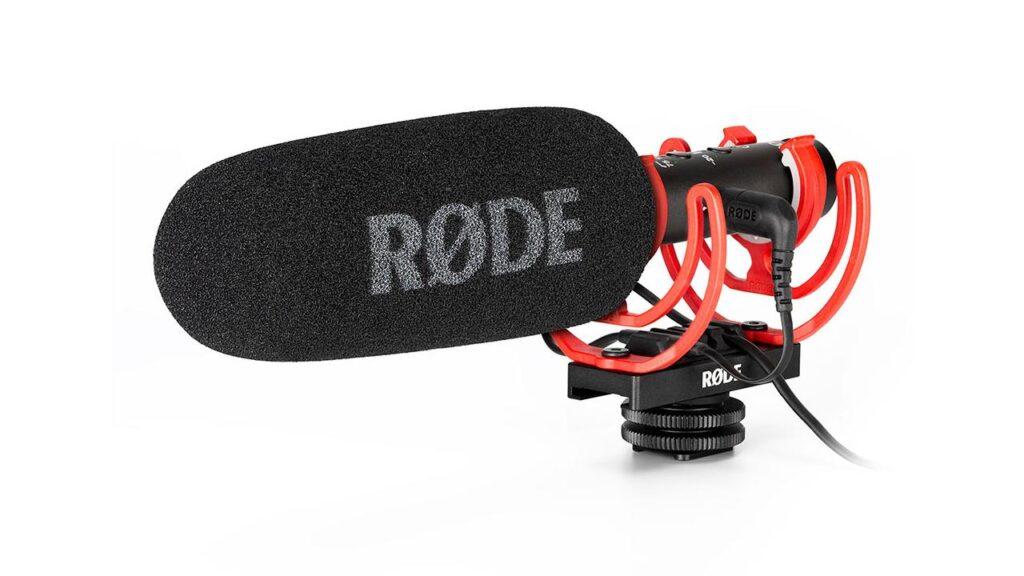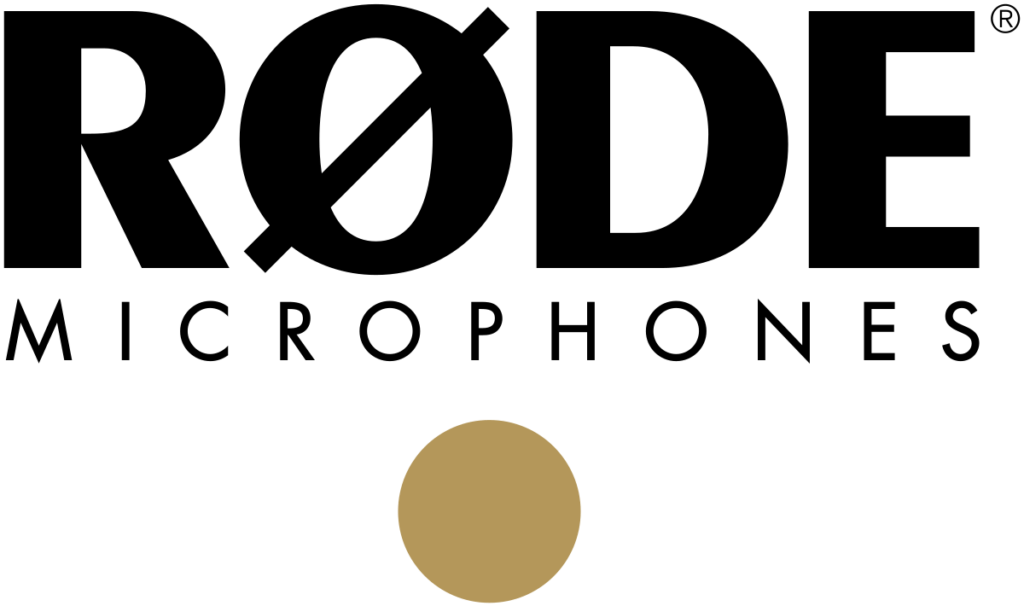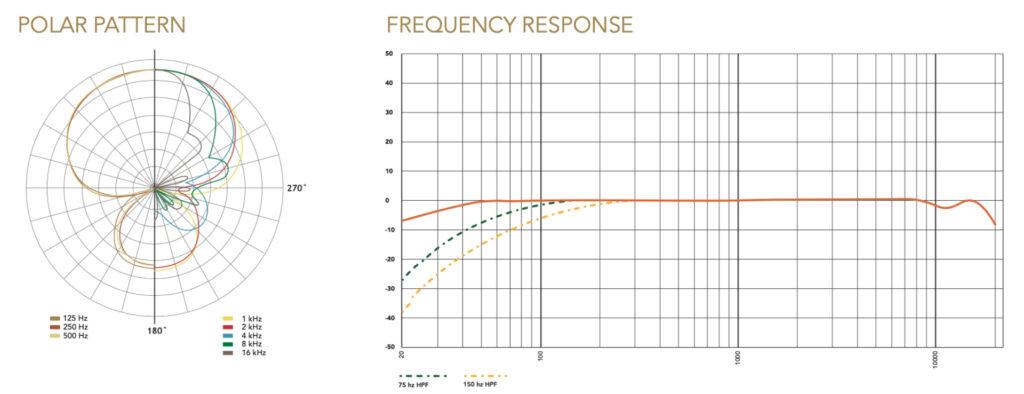This is a review of the Rode VideoMic NTG. The one mic to rule them all!
Please like the video if you find it useful.
Rode VideoMic NTG – geni.us/3hbz5FP
Honourable mentions: Diety D3 Pro – geni.us/eCAG3Q
Rode VideoMic Pro Plus – geni.us/OzEA
Rode VC1 extension cable – geni.us/ppNcH2F
In this video, I’m going to be talking about the Rode VideoMic NTG. I’ll be discussing its features, why I purchased it, and how it meets my needs. Make sure to watch until the end of the video to see how I use this wirelessly.

This is not a sponsored video. I bought this microphone myself, and I wanted to share my review of it.
This won’t be a highly technical review since I’m not an audio expert, and there are plenty of videos out there covering that kind of stuff anyway. I’ll also be discussing some of the microphone’s drawbacks.
Please subscribe and like this video because it will help me create more content like this.
Now, I’ll switch over to the microphone so you can hear its sound quality. I have the microphone on a boom arm and it’s about 30 centimetres away from my mouth. If I bring it into frame, you’ll see it right here. How does it sound to you? Personally, I think it sounds fantastic. The sound is clear, and the levels are good too. I’m recording this with a Panasonic S1 camera, and I’ve turned off the limiter. The sound setting is at number six, and from everything I’ve tested, it sounds fantastic. While editing this video, I’ll be able to hear the actual sound levels, but on-screen, it looks fine.
This is a broadcast-grade shotgun microphone from Rode.

Rode is an Australian company that specializes in designing and manufacturing professional-grade microphones, audio equipment, and accessories. The company was founded in 1967 by Henry and Astrid Freedman, and it is headquartered in Sydney, Australia.
Rode is well-known for its high-quality microphones, which are used by professionals in the music, film, television, and broadcasting industries. Some of the company’s most popular microphones include the NT1, NT2, NT3, and NT4 models, as well as the VideoMic and Stereo VideoMic models for use with video cameras.
In addition to microphones, Rode also produces a range of other audio equipment and accessories, including headphones, mixers, boom poles, shock mounts, and windshields. The company is committed to using innovative technology and high-quality materials to ensure that its products deliver exceptional performance and durability.
Rode has received numerous awards and accolades for its products, including multiple TEC Awards, which are widely considered to be among the highest honours in the audio industry. The company has also been recognized for its commitment to sustainability, and it has implemented a number of environmentally-friendly initiatives in its manufacturing processes.
This is a fantastic on-camera or boom microphone, just like the one I’m using here, pointing directly at my mouth. It’s suitable for vloggers, run-and-gun shooting, dialogue for interviews, podcasting, live streaming, voiceovers, and many other uses.
The name VideoMic NTG is a combination of two names. Rode has their VideoMic range and their NTG range. The VideoMic range consists of small on-the-go microphones, while the NTG range is a professional line of shotgun microphones. Put them together, and you get the VideoMic NTG. It’s a hybrid microphone that retails for around £239 or US$249.
You can find the link in the description below if you want to purchase one. I do receive a small commission if you purchase at no extra cost to you and it’s going to help the channel to provide quality content and reviews.
So in the box, you get the mic, and a high-quality Rycote shock mount with cable management. This is so you won’t pick up the handling noise of the camera. It’s got a sliding rail so you can move it forward or backwards out of the way of the viewfinder. It’s got a 3/8 threaded tap on the bottom. So it can be mounted on a boom pole or mic stand as I’ve got. Comes with a foam windshield which I’m not using at the moment. A 3.5 to 3.5mm cable. A USB-A to USB-C cable for charging and using it for other features. It weighs just 94 grams. That’s 3.3 ounces. It’s made of a rugged aerospace-grade aluminium construction.
This mic has a highly directional super-cardioid polar pattern and a very flat frequency response. And you can see the picture below.

This means that it picks up sound from where it’s pointed at. So for example like this, it’s pointed directly at my mouth. This is all it’s going to pick up. Maybe a few, just a few noises here and there. But mainly it is directed at my mouth so when I have it on a camera it’s going to pick up whatever my subject is. Let’s go over to the rear cam to show you exactly what that means.
It has a natural uncoloured sound. Now that means that it’s not being processed, it’s not being lifted in the high, it’s not being lifted in the low. It’s flat. It is as it should sound. There’s no post-processing.
Okay, so this is what I mean by the directional sound. You can see that it’s picking up the sound from directly at my voice. But if I turn it around, as you can hear my voice, you can hear my voice, you can’t really hear my voice. Now you can pick up just a little bit of bass. It was rejecting, rejecting, rejecting, rejecting, rejecting, testing, testing, testing, testing, testing.
It’s got an infinitely variable, step-less gain control. It’s got an internal battery that lasts about 30+ hours and it takes two hours to charge from empty from its USB-C socket. It does have a 10-year warranty if you register it on the RØDE website.

It’s got automatic power on and off. So when you turn on the camera, the microphone turns on. When you turn off your camera, the microphone turns off. A great way of saving battery.
It’s got an auto-sensing 3.5mm output and it works with both cameras and mobile devices. Whether it’s got TRS or if it’s got TRRS, it doesn’t matter anymore. Get rid of all those adapter cables. You’ve got one cable to rule them all. Unless you need an adapter for your smartphone that is.

As I mentioned before, it’s got USB-C for charging and connecting to a computer, smartphone or tablet. It works with both Windows and Mac. When it’s connected to any other device with USB-C, the 3.5mm output turns to headphone monitoring and the gain control turns into a headphone volume. You can also do firmware updates and at the time of this video, there has been one firmware update already released.
It has digital switching. It’s got a high pass filter, either 75 Hertz or 150 Hertz, which rolls off the lower frequency noises like air conditioners and traffic. It’s got a high-frequency boost. So for example, when you do have the windshield on, it will just increase the high frequency so that you get a better sound.
It’s got a -20db pad. It also features safety channel recording. That means that on the left hand side, it’s going to record as normal. On the right hand side of your stereo signal, it’s going to be -20 dB. So that if something does happen that causes a really loud sound, you have that track to replace that noise, which will be undistorted. That’s fantastic. It also has a dB peak warning light.
This thing is a do it all mic. I love products that have more than one function. Now this mic’s competition, I’d say is the Deity D3 Pro and the VideoMic Pro Plus. In my opinion, compared to these is better.
Now here are just the small amount of cons that this device has. It doesn’t have a battery life indicator. So I have no idea how much battery I have left. However, it does have 30+ hours. So if I charge it every night, even if I use it for a full day, that’s only 24 hours. So if I charge it every night, then I’m good to go for the next day. It doesn’t have a user-replaceable battery. But if you register it on the Rode website, they give you a 10-year warranty, which means that if the battery does go in that time, then I’m pretty sure they’ll replace it.
It has an unbalanced output, which means that you can’t extend it for long runs. My advice would be to get maybe a shielded extension cable or what I’m using is the Rode VC1 extension cable, which seems to do the trick fine. It doesn’t have an XLR output, so it can’t be connected to professional recording equipment, which normally has XLR inputs.
As promised, I’m going to show you how I use this wirelessly. And here we are. So I’m now using this mic wirelessly, using the Rode Wireless Go, which I purchased before. I’ve got the receiver on the camera. I’ve got the transmitter connected to the microphone. And as you can hear, my sound is now wireless from this. So as you can hear, this is the sound. I bought the Rode Wireless Go first, which is why I bought the VideoMic NTG because this thing is also amazing. The review of this will be coming soon.
Thank you for watching this video. Hit the like button if you like this video and subscribe if you haven’t already. Just subscribe. Just hit that subscribe button right now. Hit the like button as well.
Join me on my Facebook group to discuss this or any other videos or video ideas you would like to see here: bit.ly/BallysRealm_FB
Comment below what you thought or if you have any other tips on how you use the Rode VideoMic NTG.
THIS IS NOT A SPONSORED VIDEO.
Some of the links in my video descriptions are affiliate links, which means at no extra cost to you, I will make a small commission if you click them and make a qualifying purchase.
=============================
Channel Support
=============================
If you wish to support the channel monetarily, you can use my PayPal directly here: paypal.me/BallysRealm
This is highly appreciated, but not a necessity.
=============================
The music I use in my videos (Free trial): bit.ly/2Xw0iCy
=============================
Current equipment that I use:
=============================
View the full kit at: kit.co/BallysRealm
=============================
My camera rig:
=============================
My Camera: – geni.us/LumixS1
Camera cage: geni.us/F8qiz
Top handle: geni.us/NstCC
Side handle: geni.us/ONLJBj
My wireless mic: geni.us/gICv
My on-camera microphone: geni.us/3hbz5FP
My variable ND filter: geni.us/if2x
My camera gimbal: geni.us/StoBab
My camera bag: geni.us/6tqU
My memory card: geni.us/8Ovd9S
My 5” Video Monitor: geni.us/ehzc8
Monitor mount: geni.us/9IebdFI
My Studio Light: geni.us/n6wsEkR
My LED light: geni.us/eJ0L
My RGB LED Light: geni.us/GXZrA
My Flash: geni.us/FDLPT7D
My tripod: geni.us/RdwOh
My Monopod: geni.us/DL5QSh
My mini Tripod: geni.us/cZHQvt8
My fluid video head: geni.us/sfHD
My flexible Tripod: geni.us/vjwq
My Pocket Gimbal: geni.us/wN3w5
Extension rod for Pocket Gimbal: geni.us/Y13xe59
My Phone: geni.us/eWT5
Mobile phone mount: geni.us/fZMMnb
My smartphone gimbal: geni.us/9kJ3
Leave a Reply